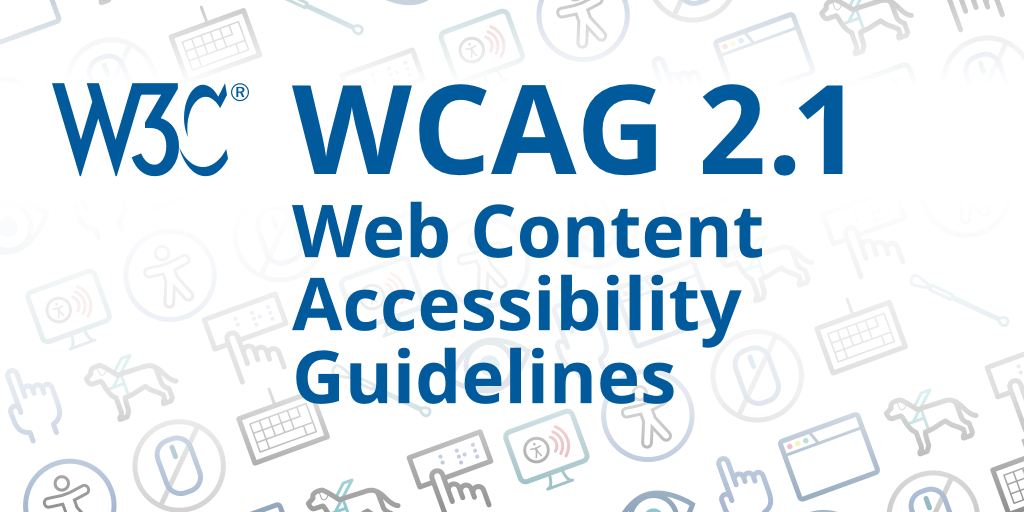W3C is
accepting proposals from outside vendors to redesign the existing
W3C website. Our organization, which celebrated its 25th anniversary this year, produces open and royalty-free Web Standards and guidelines that make the Web work, for everyone.
We believe that by implementing current web best practices and technologies, revising the information architecture, creating a content strategy and revamping the visual design, we can provide our audiences with the best information in a more user-friendly fashion, motivate participation in the organization, and communicate the nature and impact of the W3C more effectively.
The current website was redesigned in 2008, moving to a responsive layout, a revised architecture and a custom CMS. Now over 10 years old, the website is showing its age and we have determined that it is not as effective in supporting the W3C’s mission and goals as it could be.
The purpose of our
Website redesign RFP is to identify a fully qualified proposer. Interested parties are encouraged to take advantage of the open Questions and Answers period, and required to submit a written proposal to Coralie Mercier, Head of W3C Marketing & Communications who manages this project, no later than 13 December 2019 1700 UTC. We expect to award the project on January 10, 2020.
 Today the World Wide Web Consortium published the Authorized Finnish Translation of Web Content Accessibility Guidelines (WCAG) 2.1, Verkkosisällön saavutettavuusohjeet (WCAG) 2.1. The Lead Translation Organization for this Authorized Translation was the Kehitysvammaliitto ry.
Today the World Wide Web Consortium published the Authorized Finnish Translation of Web Content Accessibility Guidelines (WCAG) 2.1, Verkkosisällön saavutettavuusohjeet (WCAG) 2.1. The Lead Translation Organization for this Authorized Translation was the Kehitysvammaliitto ry.